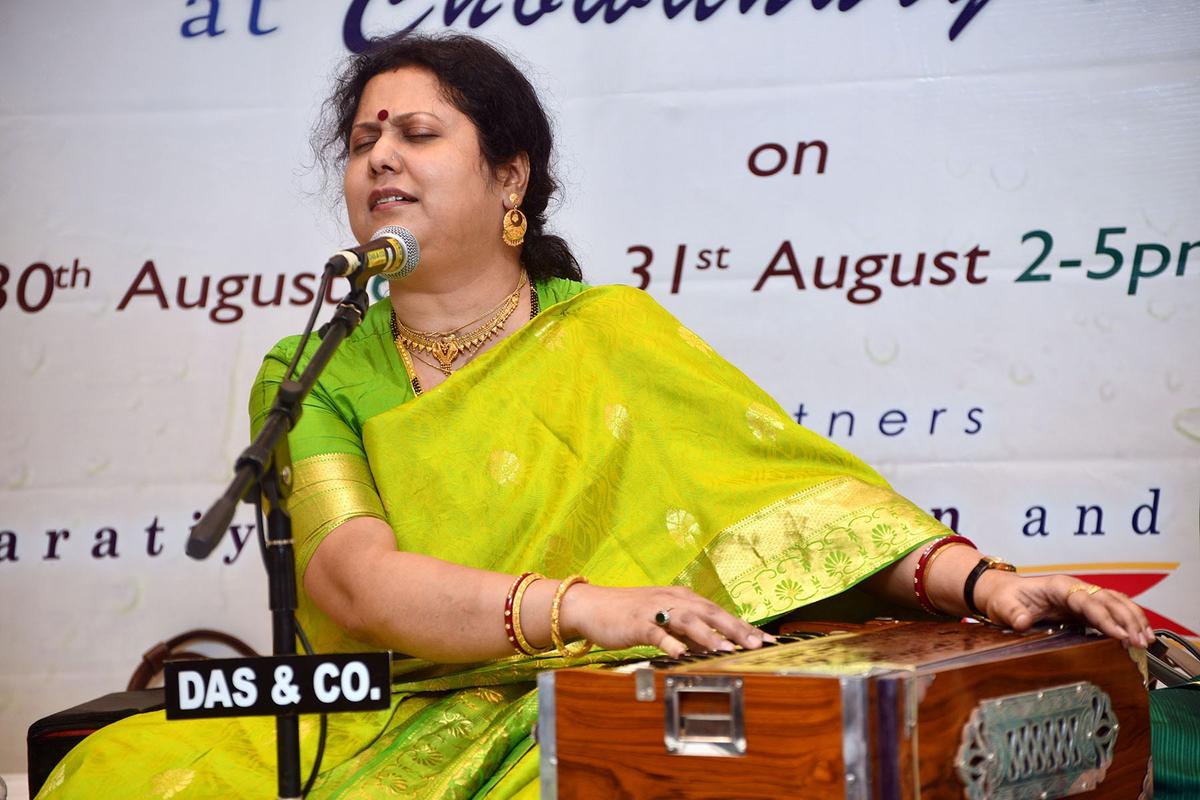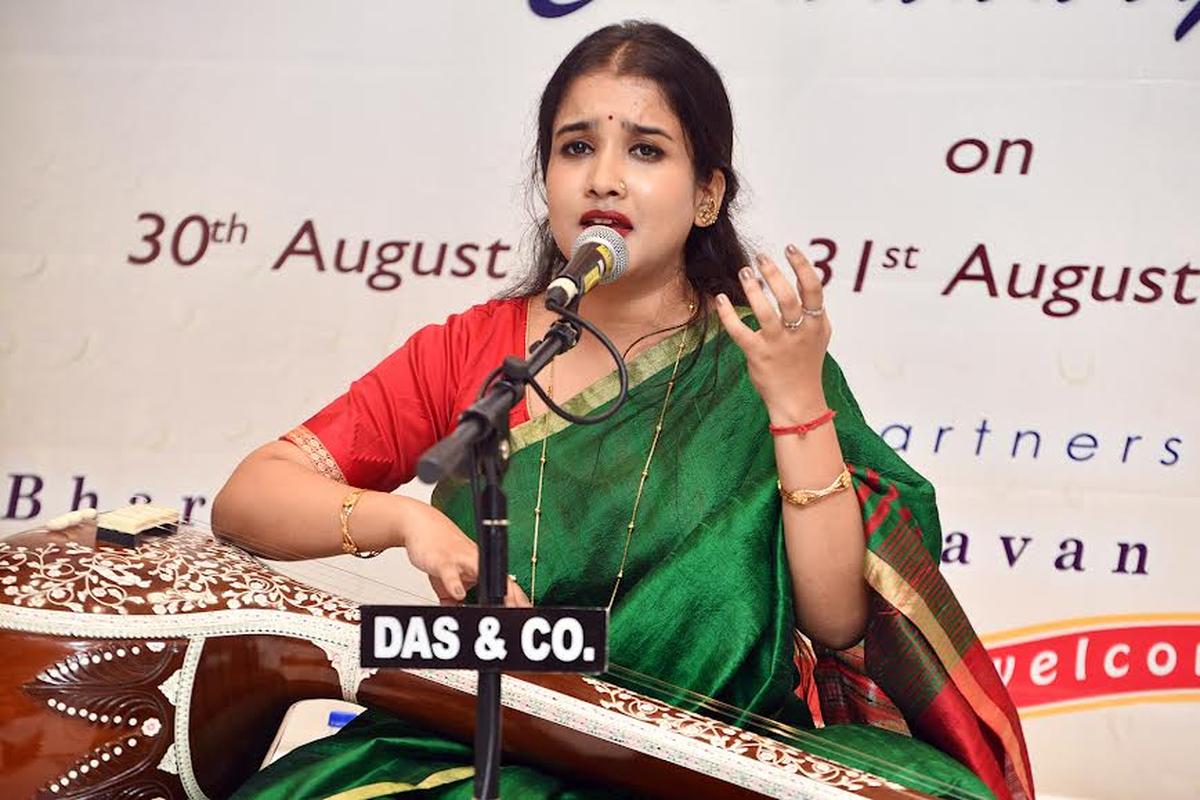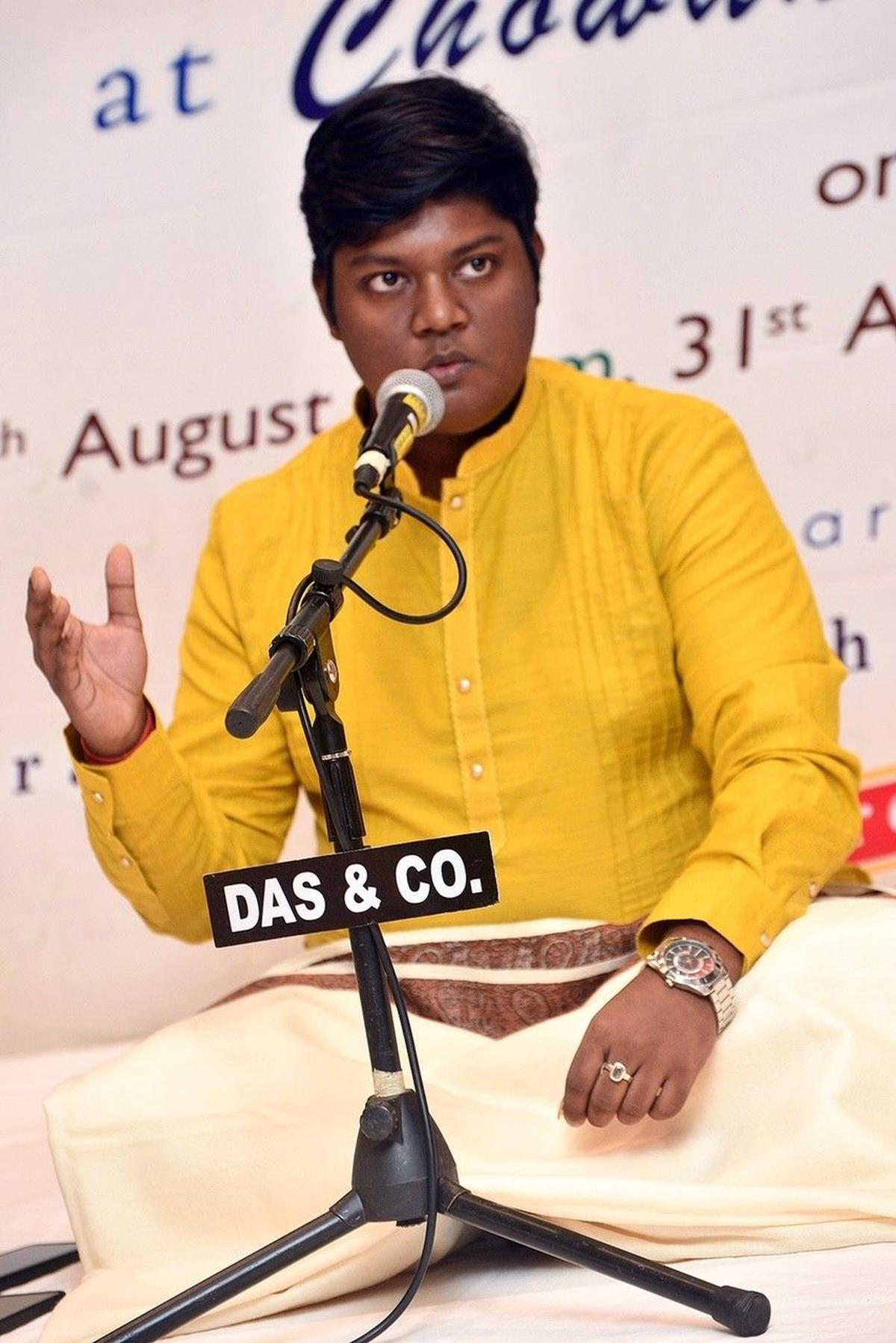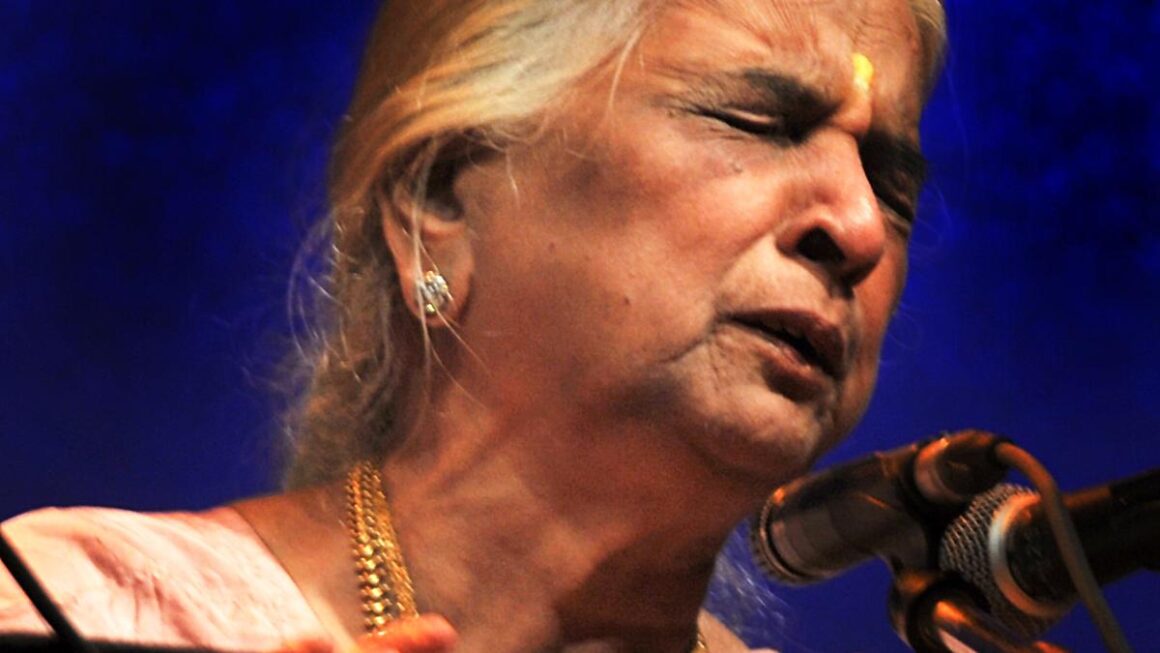Living in the digital age has it own perks, especially for women, who have found their voice on social media, which has now become a platform for advocacy and change. But turn back the clock to the 1950s and earlier, when even influential women faced discrimination. For instance, well-known women singers of the time were labelled tawaifs or baijis (courtesans). Society hardly valued their talent and saw them merely as entertainers. Actually, these musicians were the real custodians of Hindustani music. Though they were trained in classical forms such as dhrupad and khayal, they usually performed thumri, a semi-classical style. Credit goes to these women artistes for popularising this form of Hindustani vocal music. By the 19th century, colonialism, particularly social reforms such as the anti-nautch movement and decline in royal patronage, impacted thumri’s popularity and its accomplished practitioners.
The recent ‘Barkha Bahaar’ session, featuring thumri, kajri, jhula and tappa, was an effort to revive the beauty of these forms that seamlessly blend folk and classical elements. Young vocalists and an enthusiastic audience converged at the upscale Chowdhury House. The two-day event was presented by Aniruddha Chowdhury’s Calcutta Performing Arts Foundation, in association with Bharatiya Vidya Bhavan.
Thumri and its allied forms always found favour in Bengal, thanks to the efforts of Girija Shankar Chakraborty, Prasun and Meera Banerjee, Girija Devi, Sipra Bose, and Purnima Chaudhuri.

The intimate gathering of music-lovers at the VSK Baithak
| Photo Credit:
Special Arrangement
In 2011, Vinod Kapur, a businessman with a deep passion for music, launched the Purab Ang Gayaki Utsav, a series of concerts to promote thumri, dadra, chaiti and more in different Indian cities. Instead of referring to them as light forms, he came up with the term ‘Purab Ang Gayaki’ since these forms evolved in the Ganga-Jamuni region and are reflective of an inclusive way of life (tehzeeb). Apart from the quarterly utsavs, Vinod Kapur’s famous intimate soirees, known among music-lovers as VSK Baithaks, took the initiative to rescue this gayaki from the dark corners, into which it had been pushed and bring it back to centre stage. The baithaks were organised in Delhi, Varanasi and Kolkata.
Says Vinod Kapur, “The Purab Ang Utsav and the three categories of recognition named after Girija Devi that I had instituted revealed how musicians from Bengal had a natural flair for these forms. Most of the performers and winners were from Bengal.”
After Girija Devi’s passing, Vinod Kapur was distressed over the lack of gurus who could familiarise the learners of the rustic yet complex Purab Ang Gayaki with the dialects, literature, culture of the Ganga-Jamuni region. He, therefore, started the Purab Ang Gayaki Project. Though the effort was to enrol many gurus for the work, he finally entrusted the job to Manju Sundaram of Benaras and Dalia Rahut of Kolkata. The two continue to nurture young enthusiasts of khayal and thumri.
Rare songs

Abanti Bhattacharjee performing at Barkha Bahaar.
| Photo Credit:
Prashant Arora
This was evident at Barkha Bahaar, where Abanti Bhattacharjee’s alluring ‘Piya to maanat nahi’ (Kafi) and the desolate ‘Tarape bin baalam’; and vocalist-sitarist duo Debapriya-Samanwaya’s complex and rare tappa in raag Purvi followed by a lilting jhoola set to Megh, stood out. So was Jhumpa Sarkar’s Pilu thumri ‘Saiyan nahi aaye’, followed by a jhoola.
The two-day celebration of the Purab Ang Gayaki showcased a rich and rare treasure of songs. Santa Kundu‘s Kafi-based thumri was soothing. She concluded with a perky Mirzapuri kajri. Bishnupriya Chakrabarty’s traditional thumri was followed by a sohar, congratulating Nand-Yashoda on the arrival of their baby (Krishna). Set to Shivranjani and dipchandi, it turned out to be the only ritualistic song of the fest. She concluded with a brilliant talferta swaying from kaherwa to dadra and back. Dipanjana Bose Chanda took it upwards while rendering a Desh thumri and a rare jhoola set to Rupak. Madhumita Chattopadhyay could not do justice to her melodic thoughts due to a bad throat.
The PAG artistes were accompanied on the tabla by Ashoke Mukherjee, Pran Gopal Bandopdhyay, Emon Sarkar, Pritam Polley and Aurobinda Bhattacharjee, who are well-versed with this gayaki. Debasish Adhikari and young Dilip Biswas on the harmonium quietly followed the vocalists.

Deblina Ray’s Manjh Khamaj bore the stamp of her guru.
| Photo Credit:
Prashant Arora
Young brigade
There were many young artistes who debuted in this edition of the festival, which opened with a performance by Deblina Ray, a disciple of Suranjana Bose, a scholar with PAG Project under Manju. Deblina sensitively interpreted the delight of union and pangs of separation in two compositions in Manjh Khamaj, reminiscent of her guruma’s style.

Moupali Choudhury presented thumri and kajri with excellent kahan.
| Photo Credit:
Prashant Arora
Subhra Guha’s singing style came to the fore, when her disciple Moupali Choudhury embellished her chosen thumri and kajri with excellent kahan. Dalia’s disciple Sagnik Sen, well- trained in Patiala’s Khayal Gayaki, sang Desh thumri and a kajri, composed by Appaji (Girija Devi). His adherence to Purab Ang Gayaki’s format of striking a balance between skill and emotions was highly commendable.

Sagnik Sen, disciple of Dalia, is well-trained in Patiala’s Khayal Gayaki.
| Photo Credit:
Prashant Arora
Anjan Majumdar, a maverick, has a unique style. His experiment with Appaji’s ‘Ghir aayi hai’ sounded refreshing in Ritisha Mukherjee’s voice. But her ‘Kadar na jaane’ displayed a pleasing voice. Amrita Dutta, another disciple of Anjan, sang a thumri in Ramdasi Malhar. She could do better by understanding this complex raga first. This was followed by a kajri and jhoola with spontaneous phrases.
Confluence of ideas
An important aspect of the festival was the panel discussion on ‘Evolution of Thumri in Bengal’, moderated by vocalist Supriyo Dutta. A confluence of diverse viewpoints, it especially focused on Girija Devi’s teaching methodology as most of the participants Dalia Rahut, Manasi Majumdar (director, Bengal Music College), Suranjana Bose (vocalist and guru), Debapriya Adhikary and Samanwaya Sarkar were trained by her.
While they highlighted ‘kahan’ as the most important aspect of thumri, or spirituality within the seemingly plain lyrics, Punjab Ang, actually Purab Ang with Patiala nuances, had tappa of Purab Ang that differed from the original tappa of the camel riders of Punjab and Sindh.
Tapasi Ghosh, HOD Music, Bengal Music College, and a disciple of Pt. D.T. Joshi, explained the salient features of her style of Purab Ang that merges Lucknow and Agra gharana’s rangeele aspect with Benares. Anjan Majumdar, disciple of A. Kanan and Malabika Kanan, emphasised the need to lend a contemporary touch to the lyrics and music of this gayaki. Those present at the session, led by Pt. Tejendar Narayan Majumdar, opposed this idea. Though in favour of having more such discussions, they insisted the traditional flavour of the gayaki should not be tampered with at any cost.
Published – September 20, 2024 05:30 pm IST


Leave a Reply